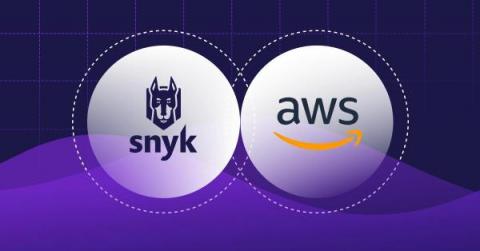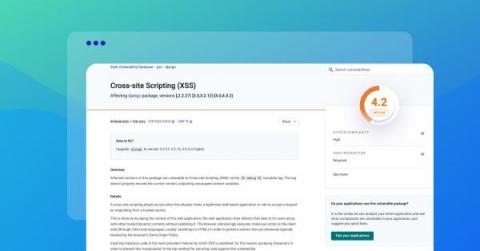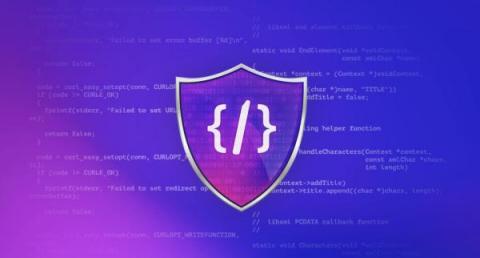PulseMeter Report: Software supply chains
The not-so-distant memories of security events like Log4Shell and the SolarWinds attack keep software supply chain attacks front of mind for developers. There are things organizations can do to detect and deter malicious supply chain attacks, including the recently mandated (as per the U.S. federal government) software bill of materials (SBOM).











